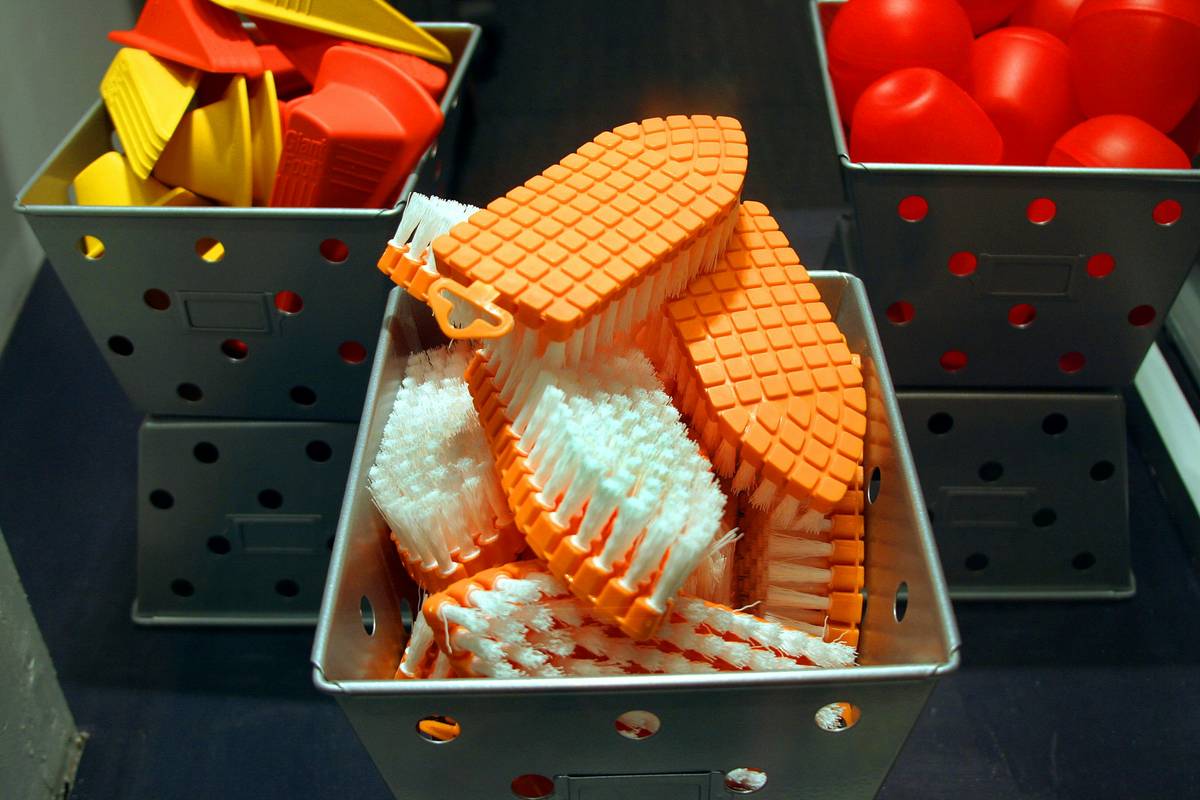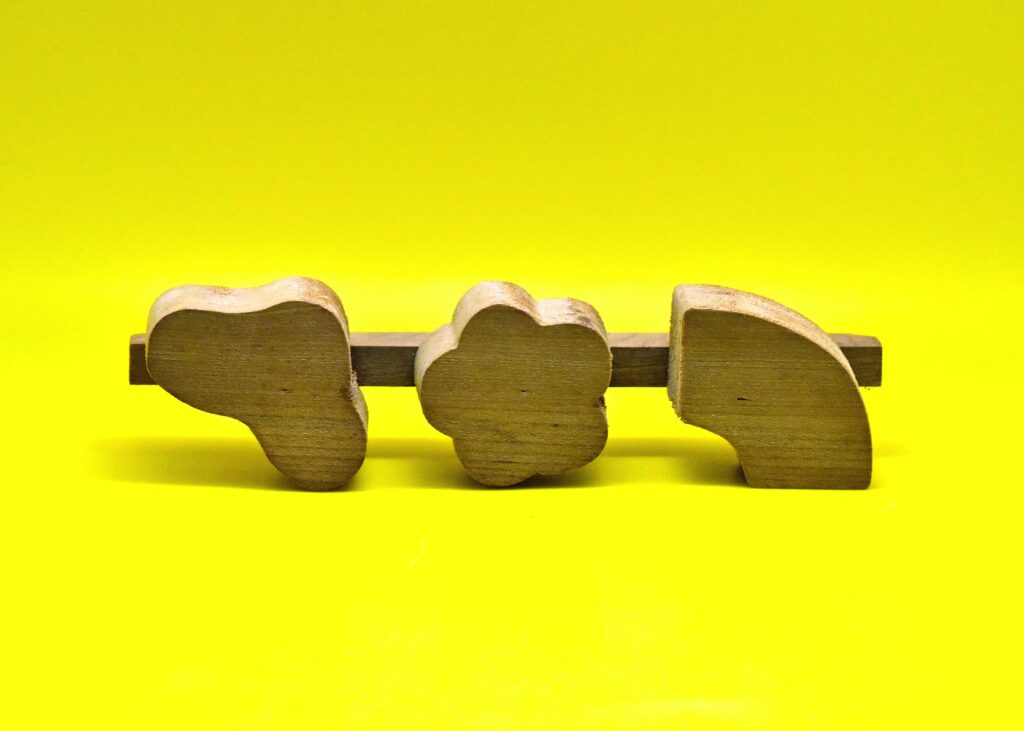Table of Contents
- Introduction
- Section 1: The Problem with Ignoring Dental Toys
- Section 2: How to Choose the Perfect Pet Interactive Chew
- Section 3: Tips for Maximizing Playtime (and Dental Health)
- Section 4: Real-Life Success Stories with Pet Interactive Chews
- Section 5: FAQs About Pet Interactive Chew Toys
- Conclusion
Introduction
Ever caught your dog gnawing on your favorite pair of sneakers or your cat scratching up the couch cushions? Yeah, we’ve all been there. But here’s a question—have you considered why they’re doing it? Turns out, their destructive habits might be a cry for better dental care… and more fun!
In this guide, we’ll dive into the world of pet interactive chew toys, uncover why they’re essential for your furry friend’s health, and show you how to pick the right ones. You’ll learn:
- Why ignoring dental toys can lead to costly vet bills.
- A foolproof step-by-step process for choosing the best chews.
- Pro tips to keep your pet entertained while improving their dental hygiene.
Key Takeaways
- Pet interactive chew toys promote dental health and reduce boredom-related behaviors.
- Not all chew toys are created equal; size, material, and durability matter.
- The wrong toy can actually harm your pet—so avoid cheap knockoffs at all costs.
Section 1: The Problem with Ignoring Dental Toys
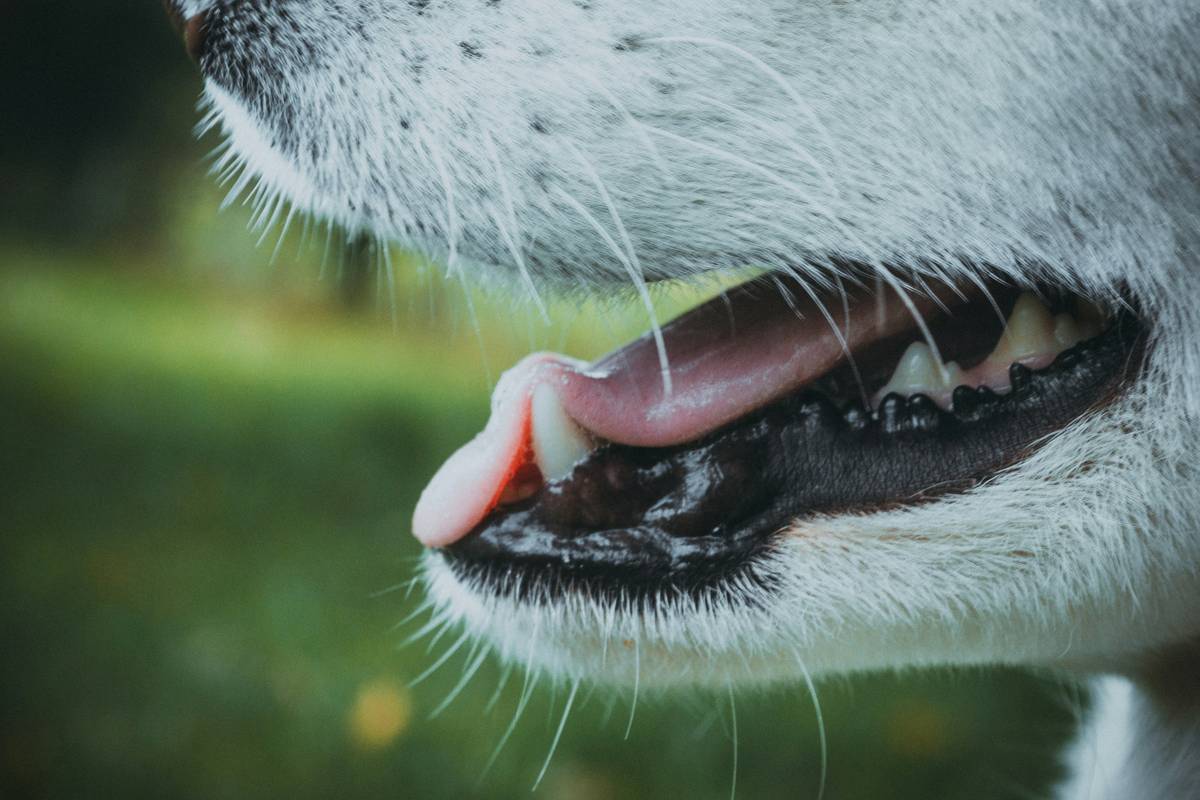
Picture this: I once came home to find my pup had turned an entire roll of toilet paper into confetti. At first, I thought he was just being mischievous. Spoiler alert—he wasn’t. He was bored stiff and using whatever he could get his paws on as a makeshift chew toy.
Here’s the kicker: veterinarians estimate that over 80% of dogs and 70% of cats develop periodontal disease by age three if their dental needs aren’t met. Yikes. Not only does this mean smelly breath, but untreated dental issues can lead to serious health problems like heart disease. And trust me, no one wants to deal with THAT vet bill.
“Optimist You:” “Maybe I should invest in some chew toys?”
“Grumpy You:” “Ugh, fine—but only if they work!”
Section 2: How to Choose the Perfect Pet Interactive Chew
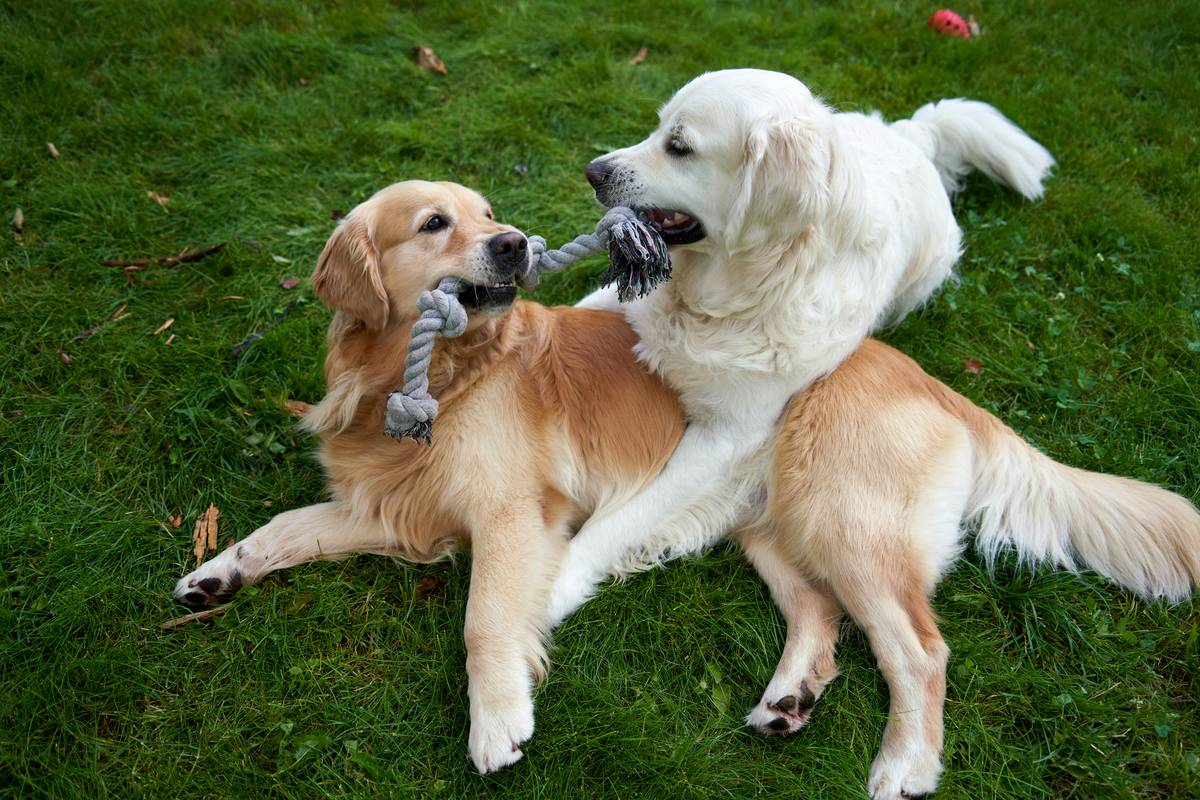
Selecting the right pet interactive chew isn’t rocket science—but it is important. Here’s your step-by-step guide:
Step 1: Know Your Pet’s Size and Breed
Big dogs need tougher toys than small breeds. A toy that’s too small risks becoming a choking hazard, while oversized toys frustrate smaller pets.
Step 2: Prioritize Safe Materials
Look for non-toxic materials like natural rubber or BPA-free plastics. Avoid items with small parts that can break off easily.
Step 3: Match Their Play Style
Is your pooch a heavy chewer? Go for something sturdy. If your feline prefers batting things around, opt for lightweight chewable options.
Step 4: Check for Interactivity Features
Toys that dispense treats or make noise engage your pet longer, keeping them both entertained and focused on chewing safely.
Section 3: Tips for Maximizing Playtime (and Dental Health)
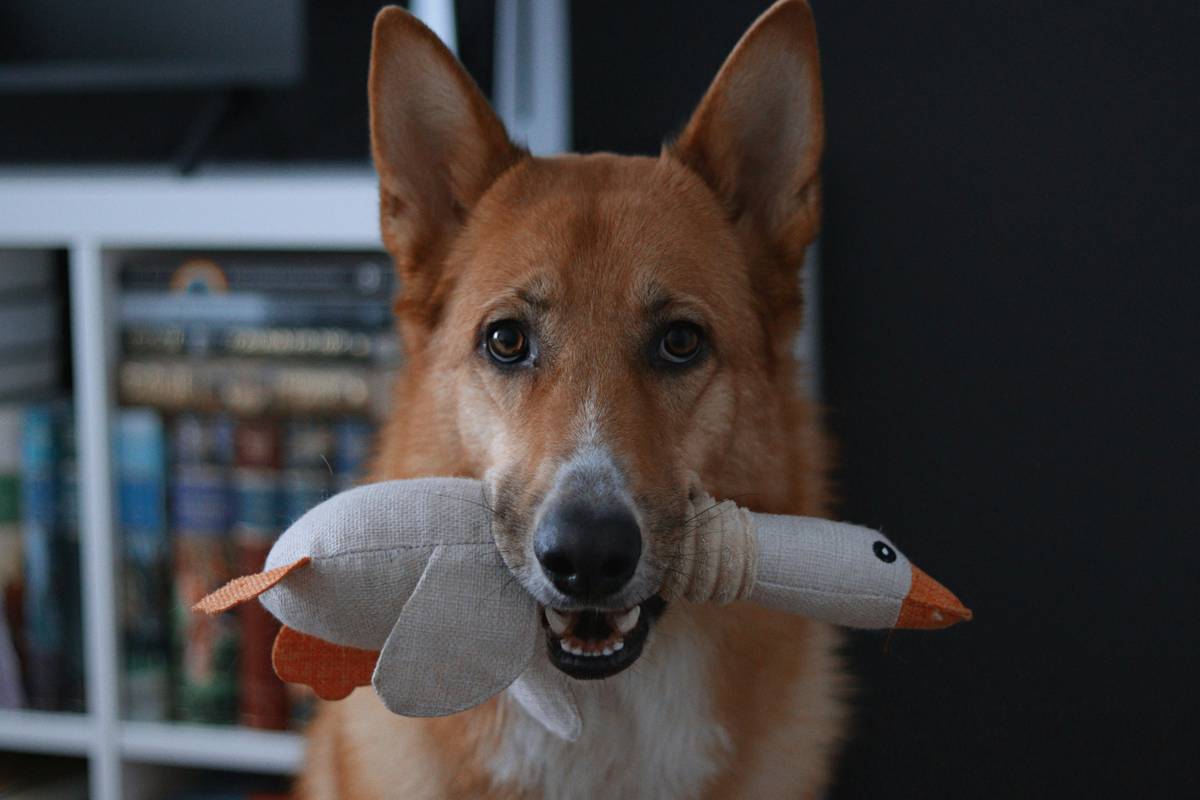
Alright, now that you’ve got the perfect toy, let’s talk strategy. Because, let’s face it, throwing a chew toy at your pet and walking away won’t cut it. Here are some pro tips:
- Rotate Toys Regularly: Keep things fresh by swapping out toys every few days.
- Supervise Initial Use: Make sure your pet doesn’t destroy or ingest pieces too quickly.
- Incorporate Dental Treats: Pair toys with edible chews for extra cleaning power.
- Schedule Playtime: Set aside dedicated “chew sessions” to bond and monitor progress.
Disclaimer: Whatever you do, don’t fall for those ultra-cheap, dollar-store knockoffs. They’re practically begging to shatter into jagged shards—not chef’s kiss for your wallet OR your pet’s mouth.
Section 4: Real-Life Success Stories with Pet Interactive Chews
Meet Bella, a 5-year-old Labrador whose love for chewing shoes almost bankrupted her owner. After switching to a high-quality pet interactive chew, Bella’s destructive tendencies vanished—and so did her stinky breath. Her owner swears by the combo of treat-dispensing toys and regular playdates.
Another success story comes from Max, a Persian cat who went from shredding furniture to adoring soft, bouncy chew balls infused with catnip. His human says, “It sounds like nails on a chalkboard when he bites down, but hey, the couch is intact.”
Section 5: FAQs About Pet Interactive Chew Toys
Q: Are pet interactive chew toys safe for teething puppies?
Absolutely! Just ensure the toy is designed specifically for teething pups’ sensitive gums.
Q: Can these toys replace brushing my pet’s teeth?
Nope. While great for maintaining oral health, they’re not a substitute for regular brushing. Think of them as a supplement, not a solution.
Q: What if my pet loses interest in their chew toy?
Treat-dispensing features or adding new scents (like peanut butter) can reignite their enthusiasm.
Conclusion
Investing in a pet interactive chew toy isn’t just about saving your shoes—it’s about giving your furry family member a happier, healthier life. By choosing wisely, supervising playtime, and rotating toys, you’ll set yourself—and your pet—up for success.
Like a Tamagotchi, your SEO needs daily care. So bookmark this guide, share it with fellow pet parents, and remember: happy pets = happy humans.
Haiku Time:
Chew, play, stay healthy,
No more ruined sneakers, yay!
Thank me later, pal.
